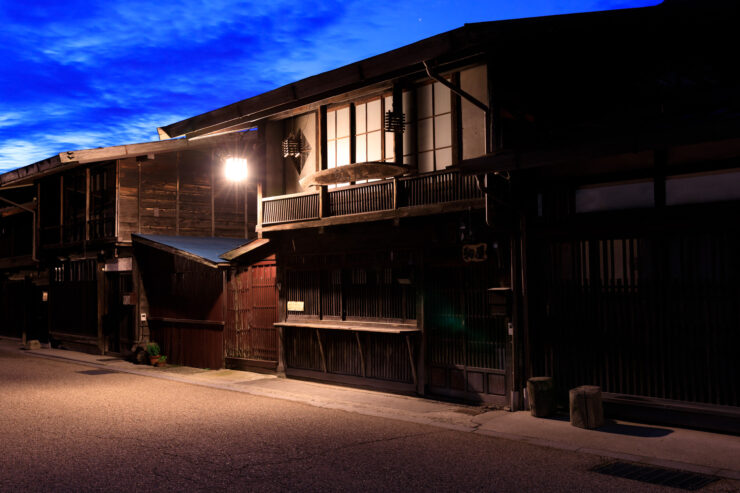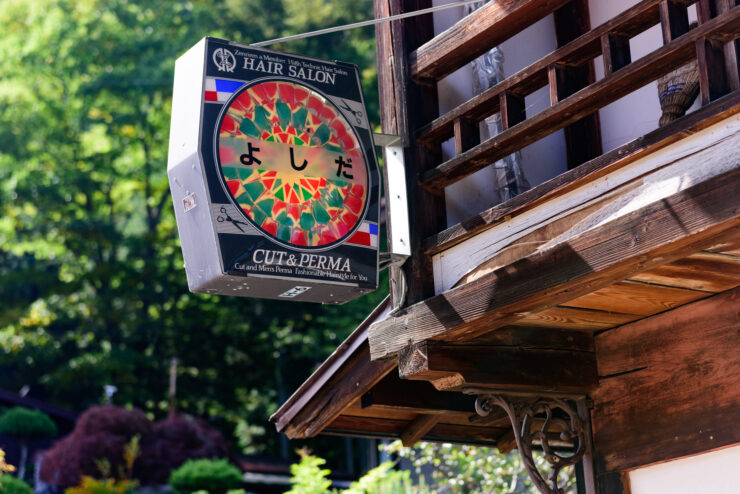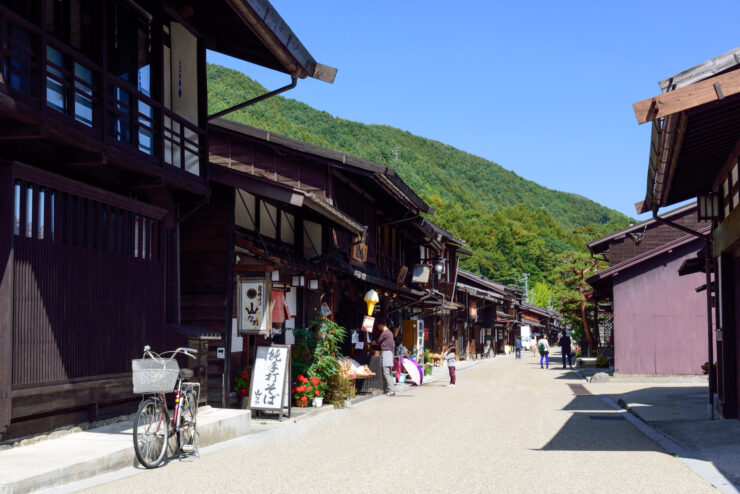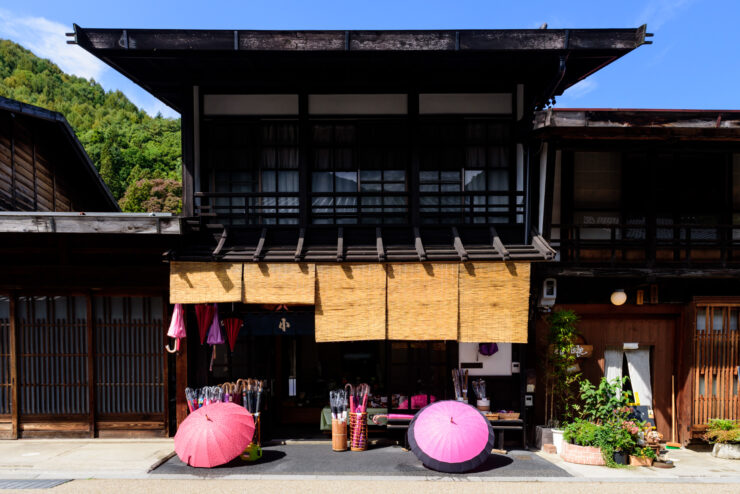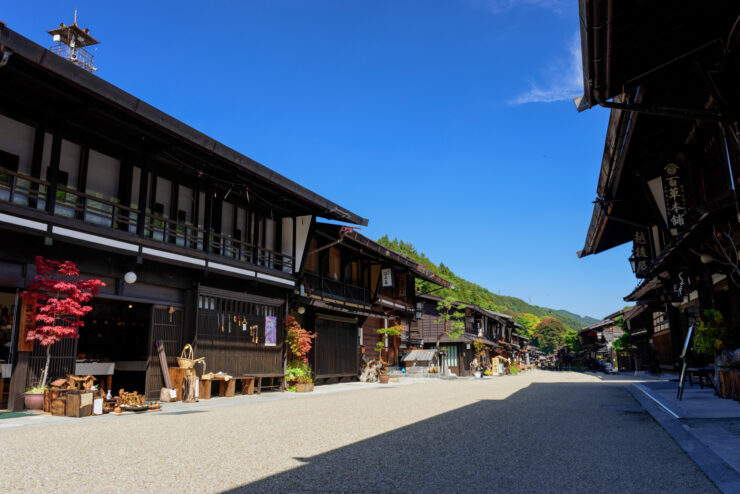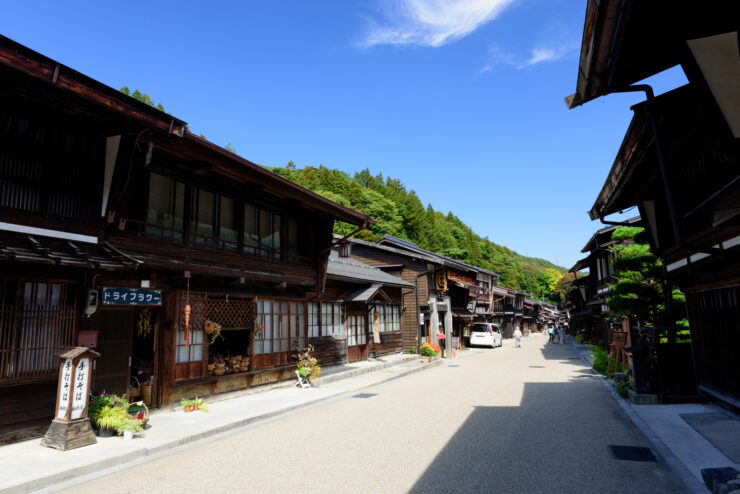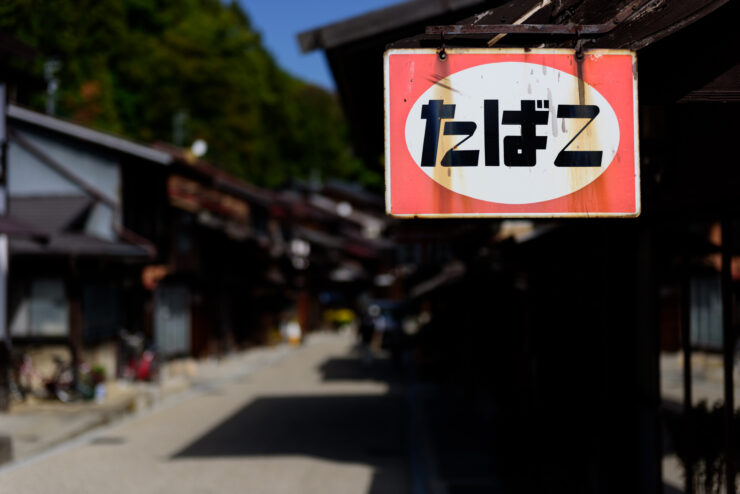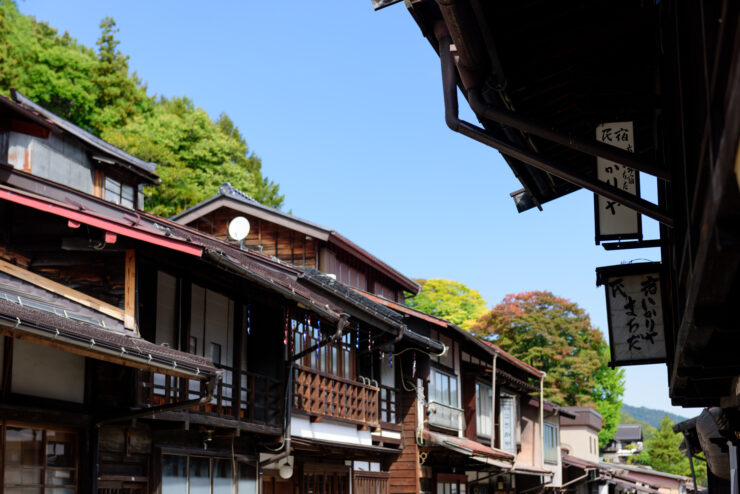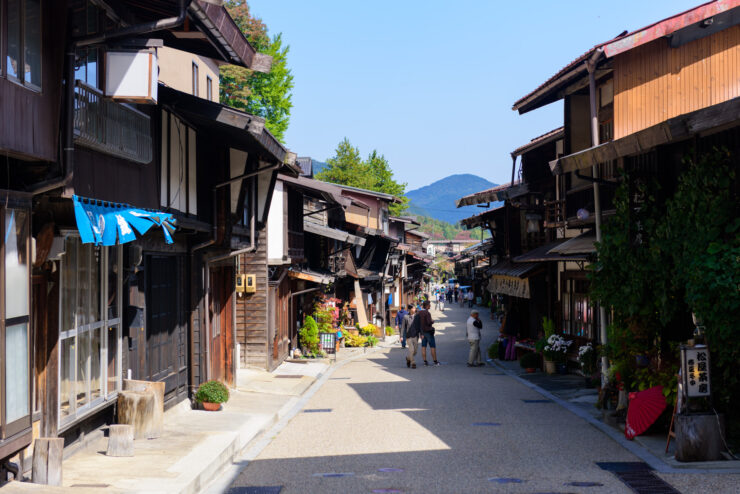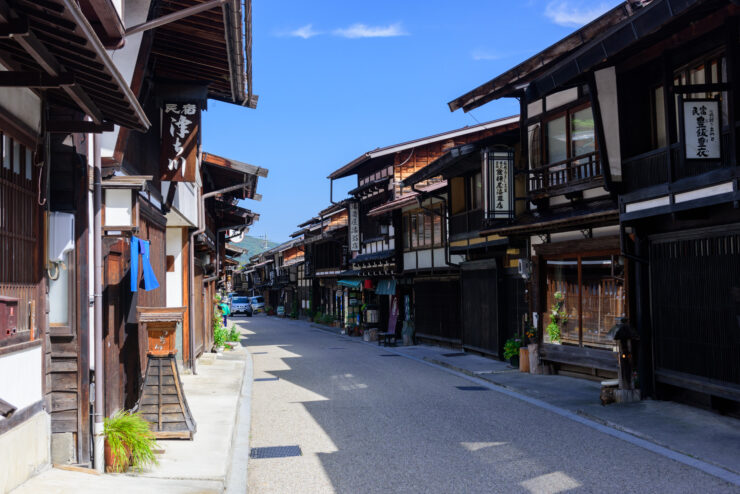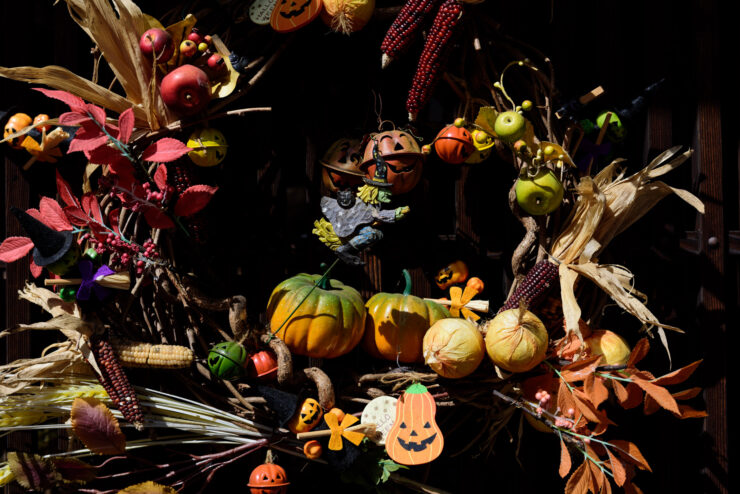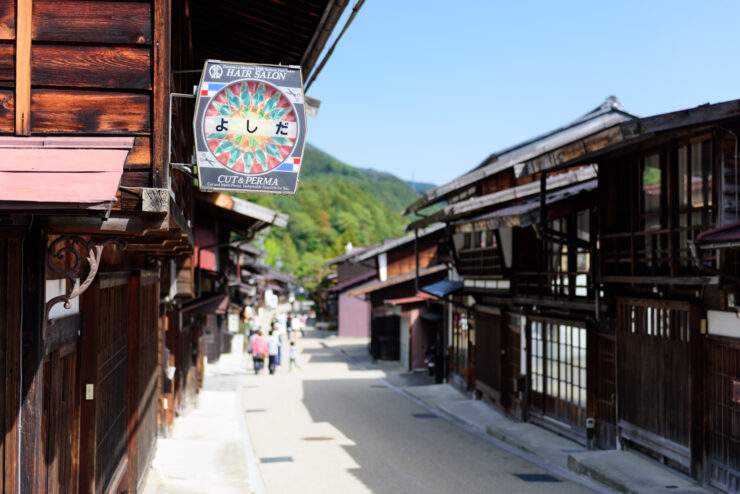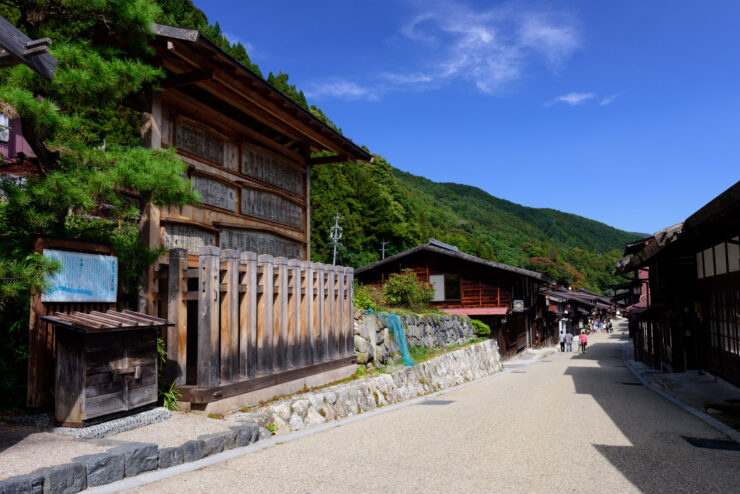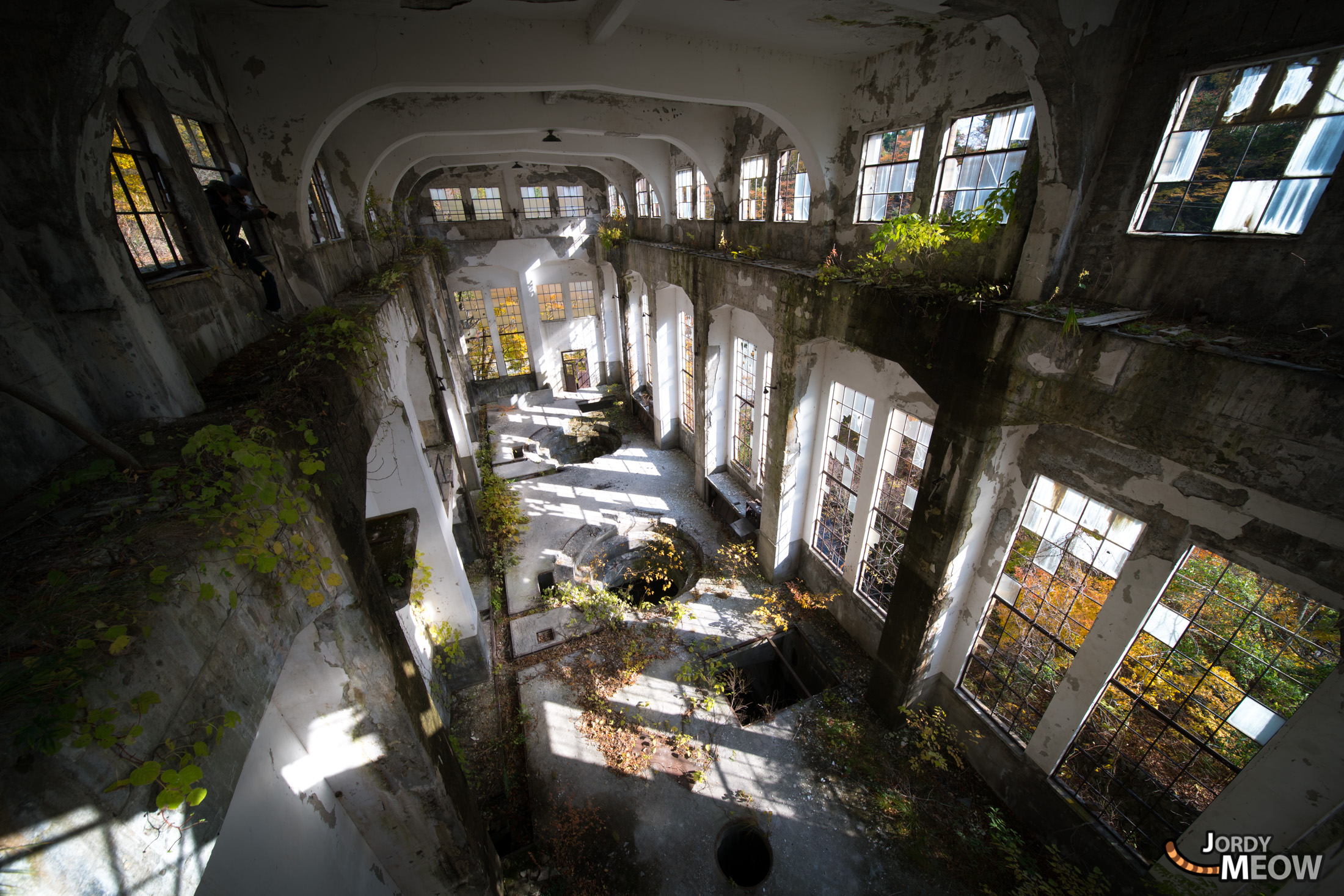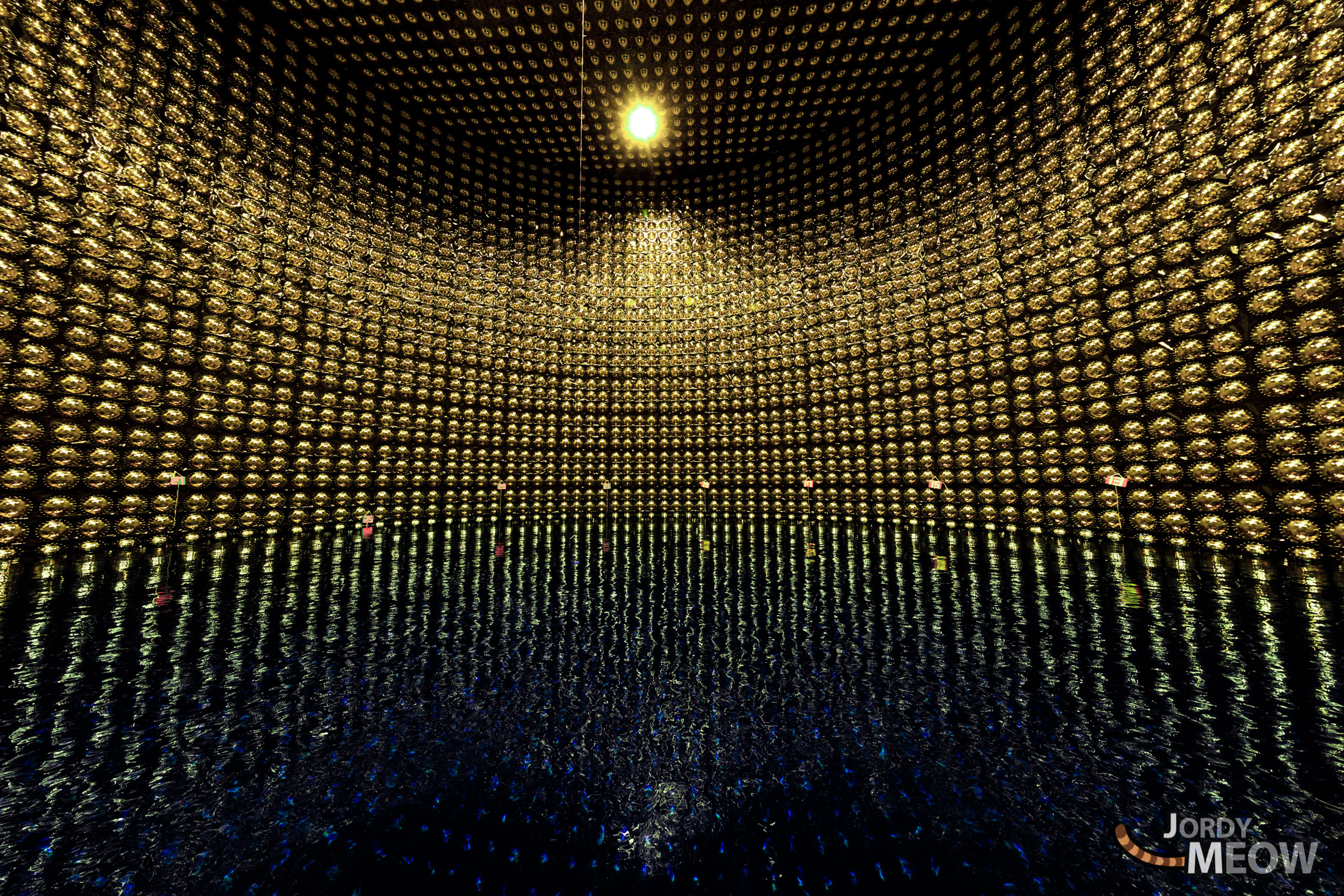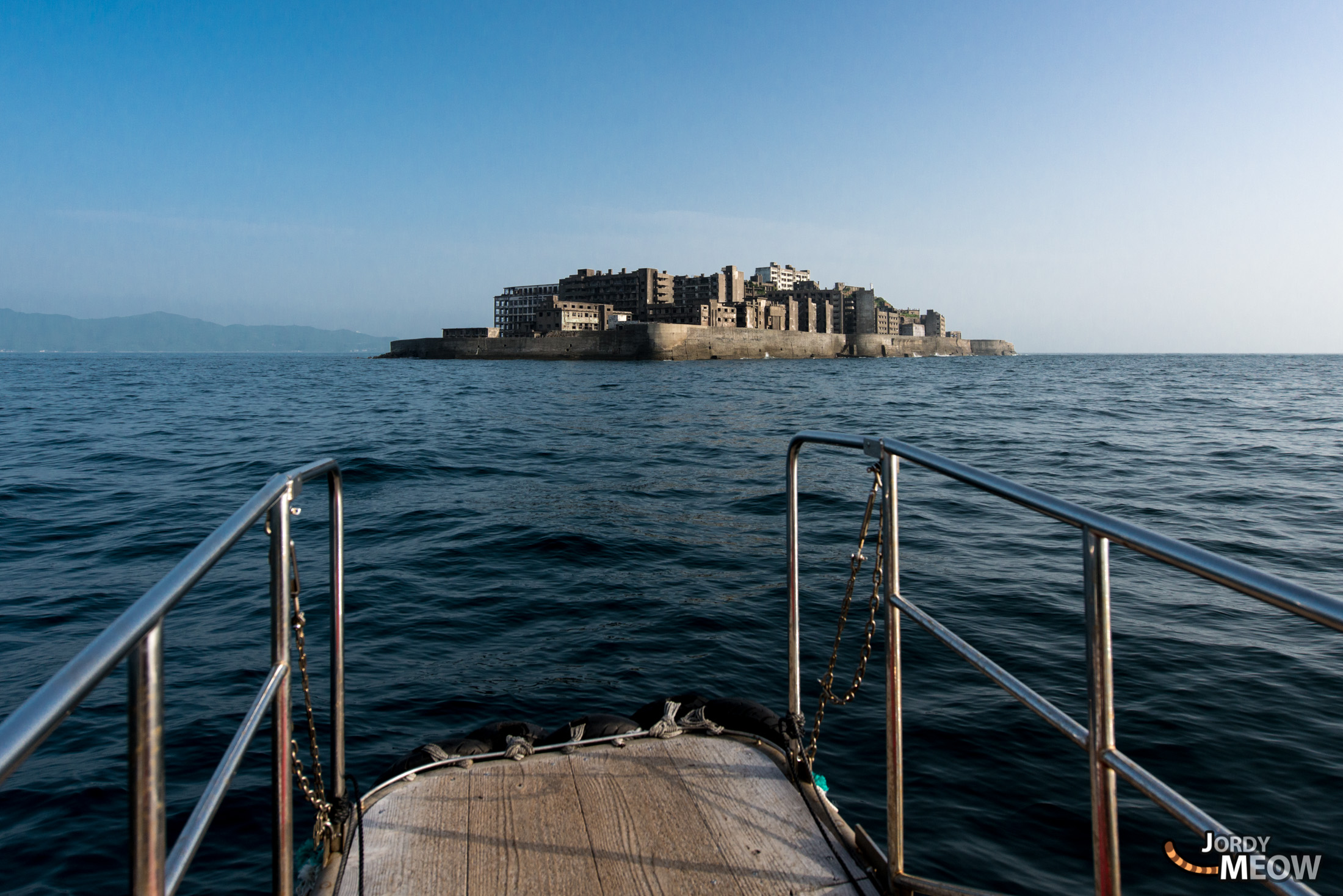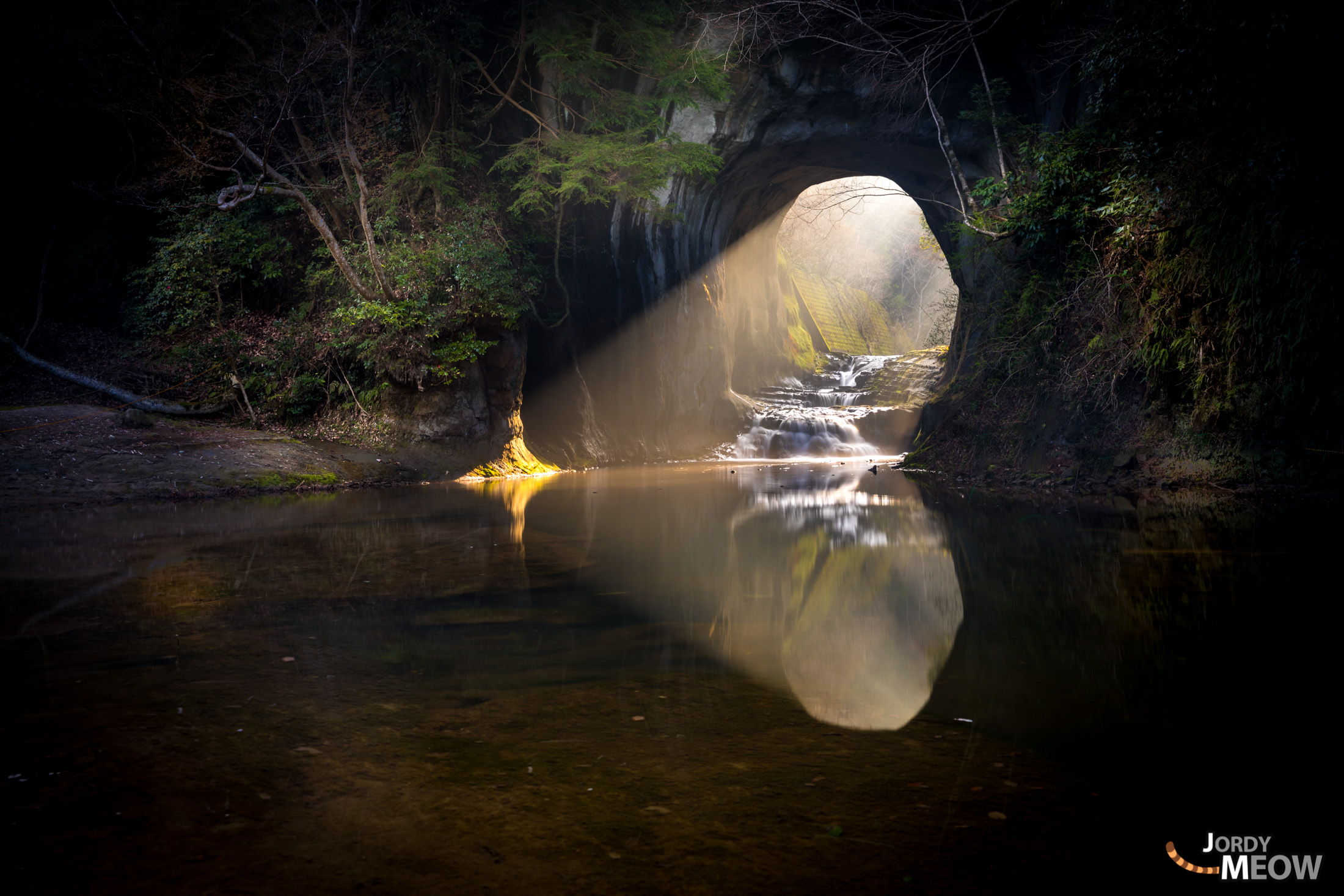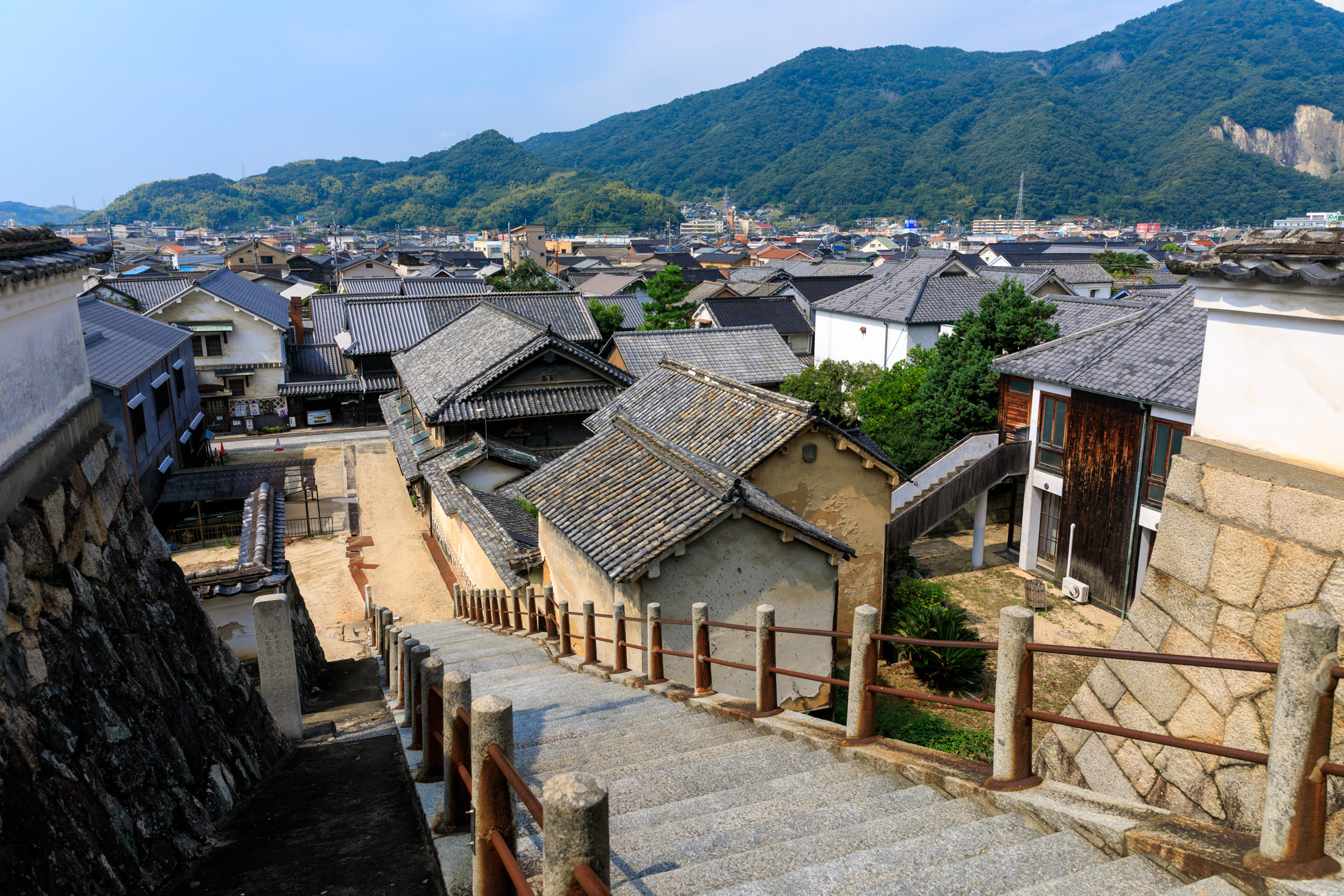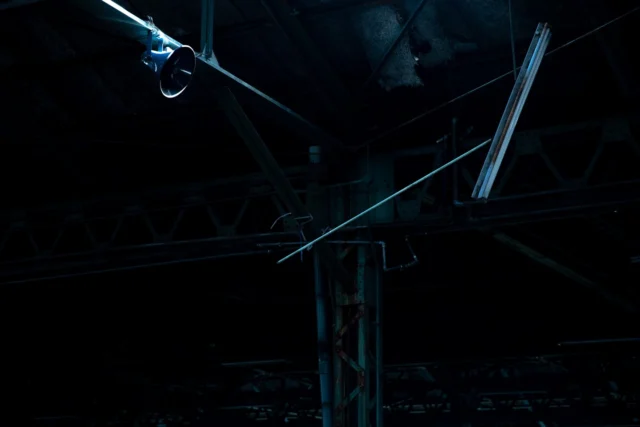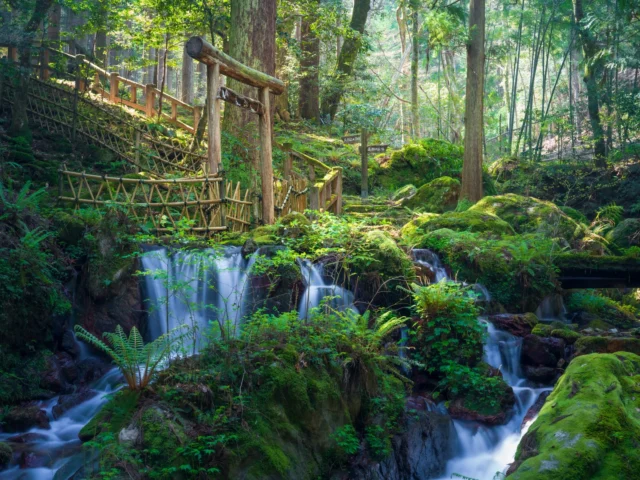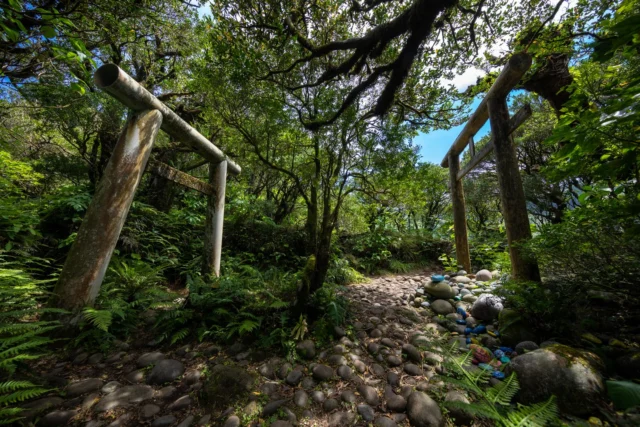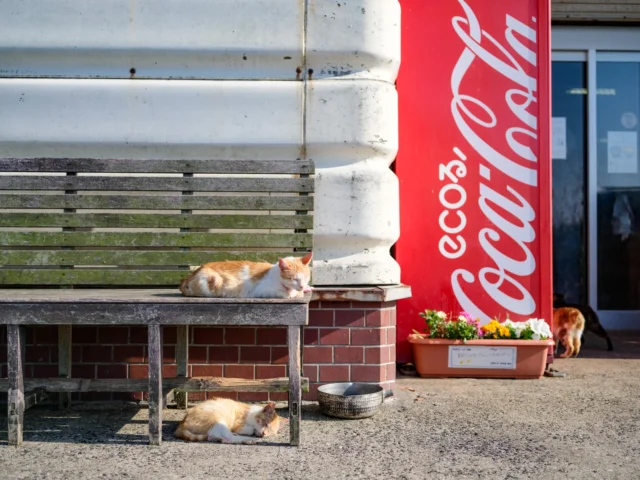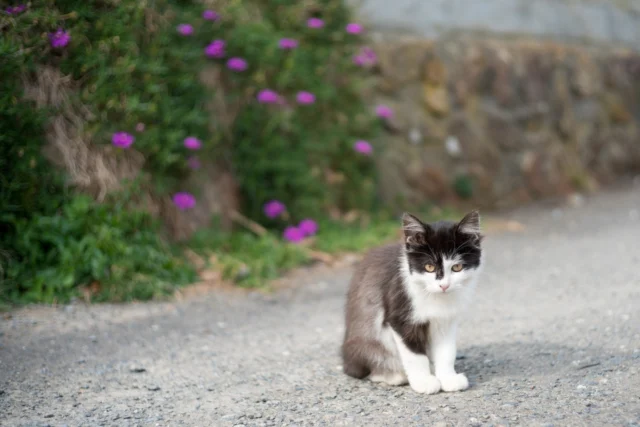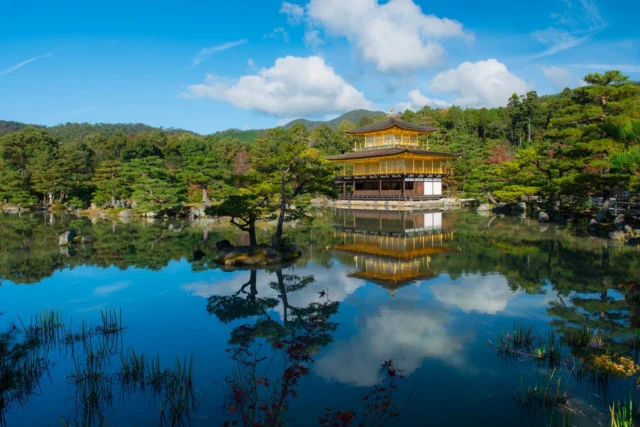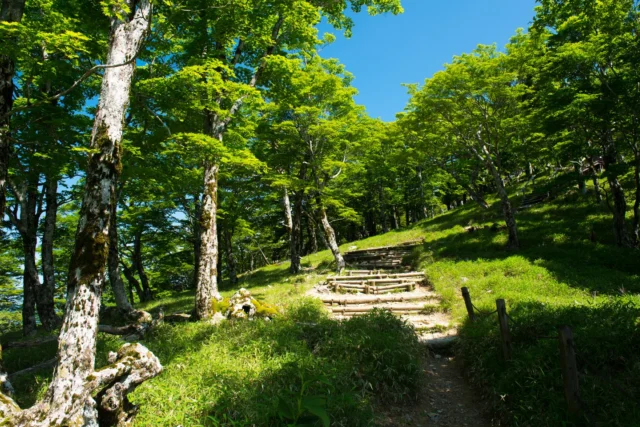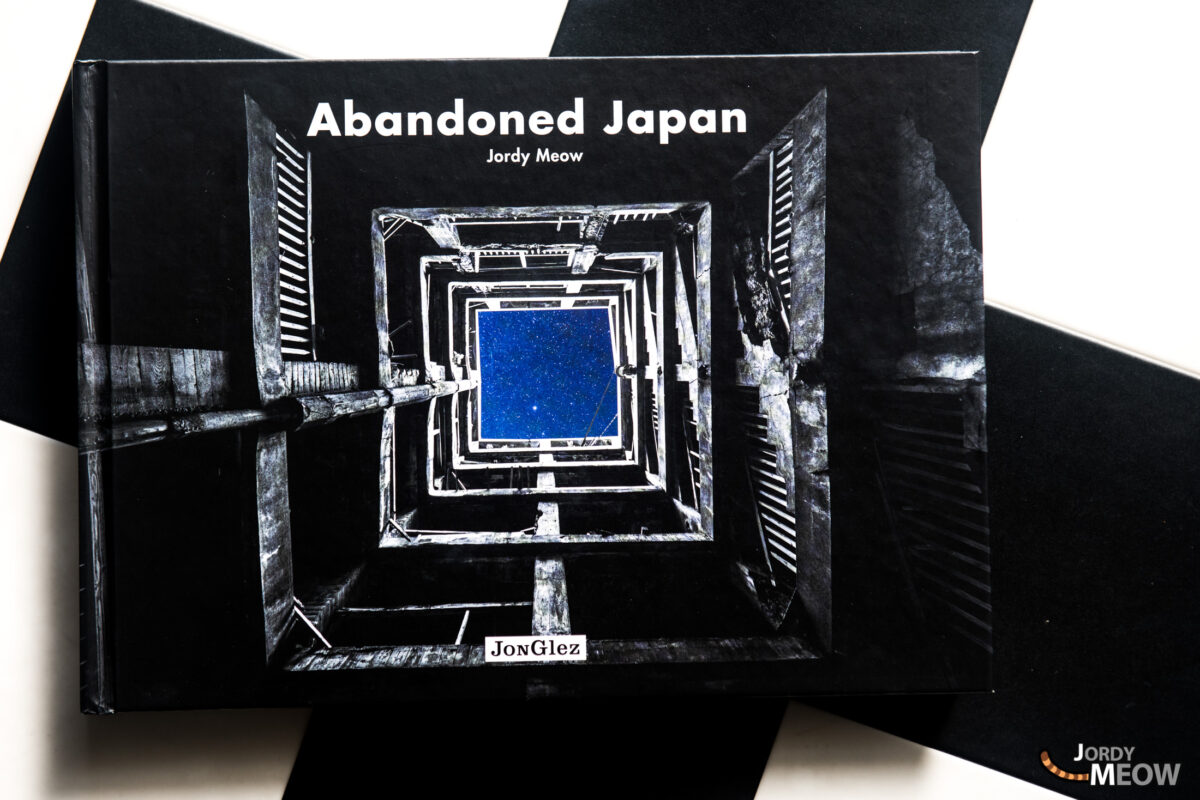The stopover of Narai, in Nagano prefecture, immerses you in Edo Japan (1603–1868). The village, which lies between Kiso Fukushima and Matsumoto, has preserved its historic buildings.
Narai of the thousand houses

Ideally situated midway between Edo and Kyoto, Narai was once an important crossing on the Nakasendo Trail. Many a traveller stopped at the resort, as it was the last rest station before Tori-toge Pass.
In its heyday this village was the richest of the eleven stages of Kiso Valley Trail. This flourishing economy earned it the nickname “Narai of the thousand houses”. The main street, lined with inns and shops, stretches for over a kilometre … one of the longest in Japan.
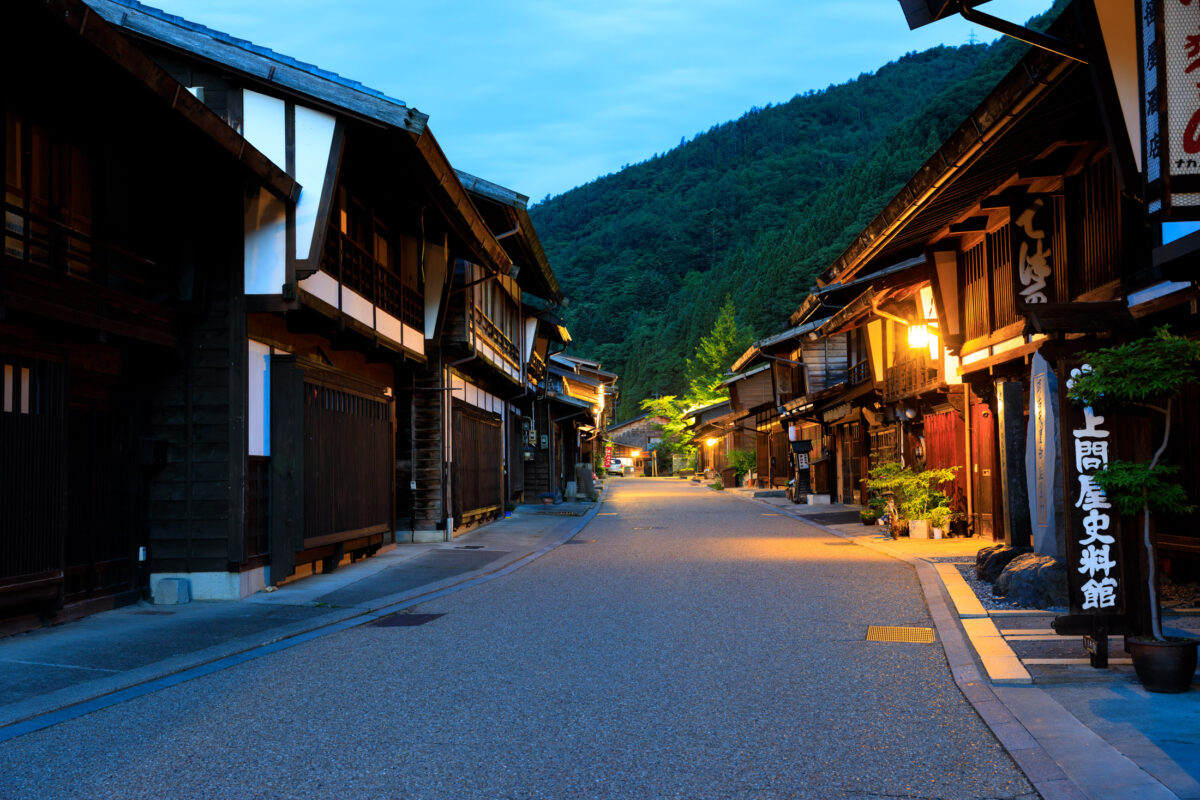
The traditional houses, typical of the Edo period, have been part of a heritage conservation area since 1978. The wooden buildings have been preserved and maintained in good condition. Even today, many of them are inns, shops and restaurants, much to the delight of those nostalgic for the Japan of yesteryear.
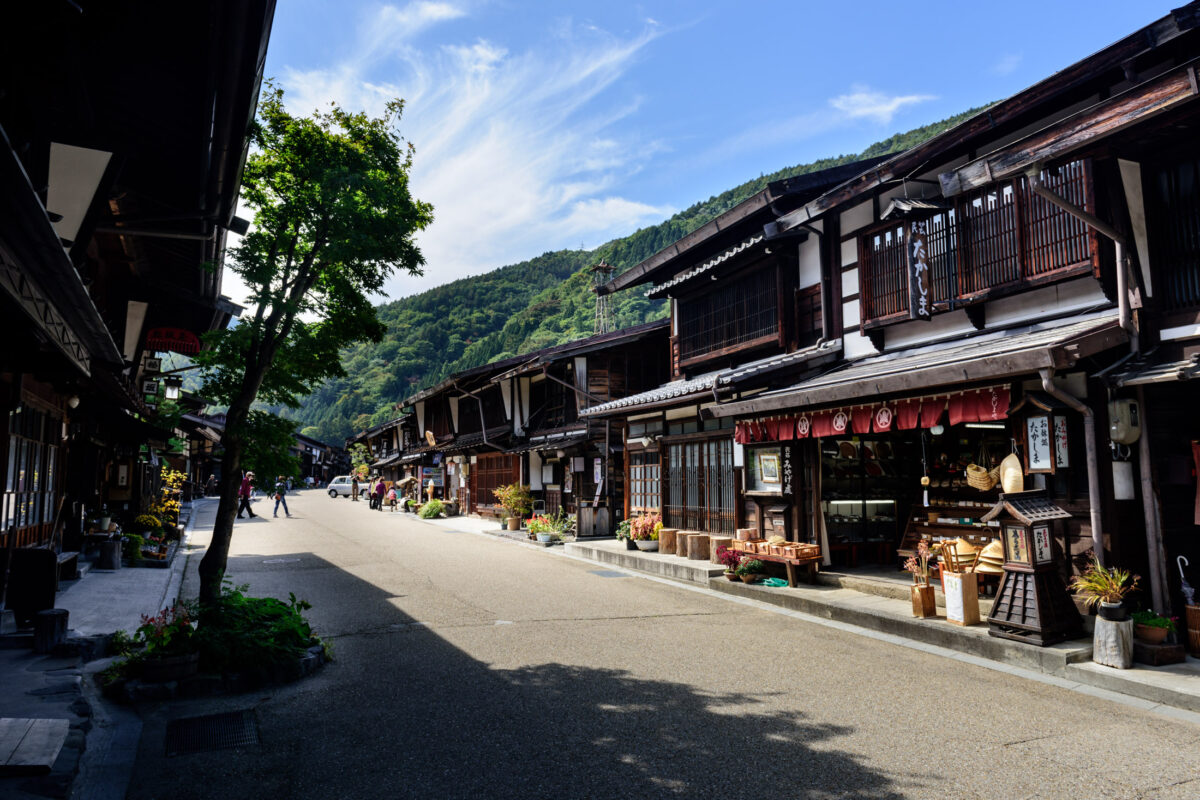
The Nakamura family residence, dating from the early 19th century, offers a fine glimpse into the life of Narai merchants in the golden age.
Nakasendo Trail
During the Edo period five trade routes led to Tokyo (Edo). Among these trails, the Nakasendo connects Nihonbashi (Tokyo) to Sanjo Ohashi (Kyoto), an important link between the two powerful merchant cities of the time.

Nakasendo means “central mountain road”. And for good reason – it crosses the Japanese Alps. The 534-km route is divided into sixty-nine stages, with villages offering inns and restaurants to accommodate travellers at each stopover.
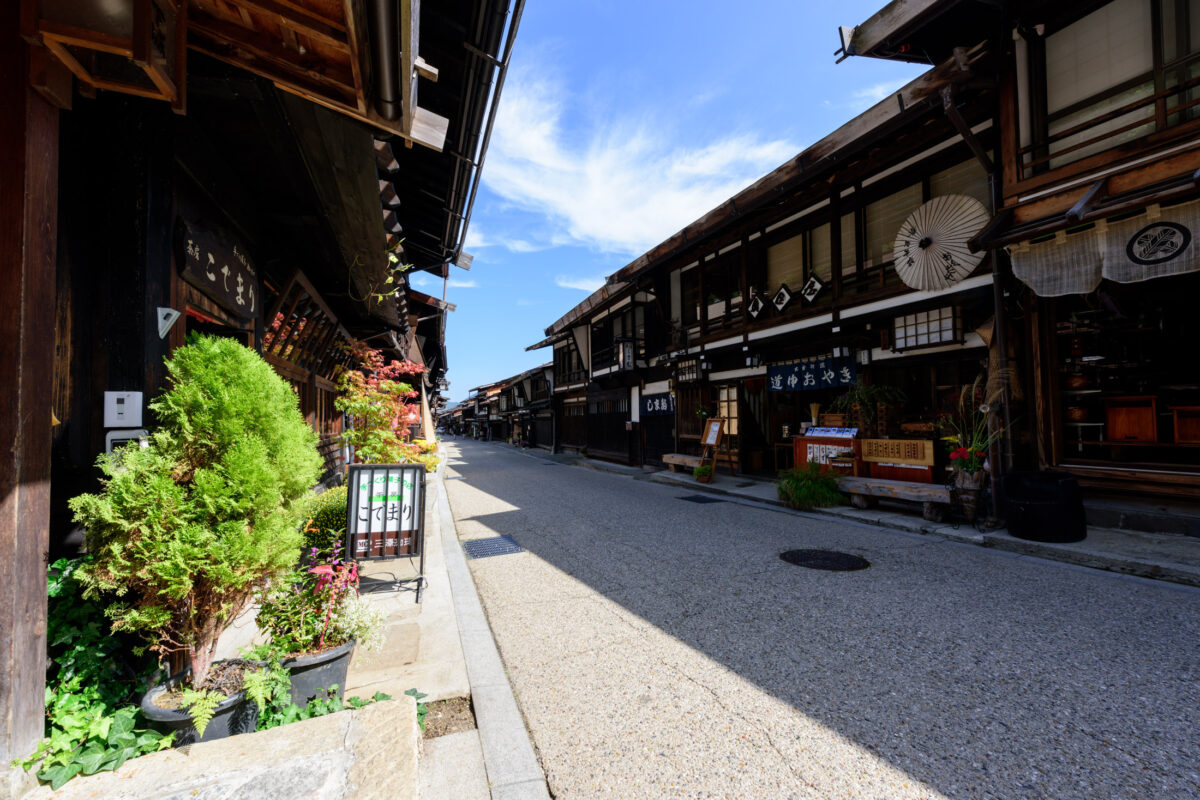
The journey lasts about twenty days, walking about 35 km a day. Samurai, lords, merchants, porters … at that time all would be crossing paths daily along the trail.
The Ochasubo Dochu festival takes place in Narai every year on the first weekend of June. These events pay tribute to an Edo tradition where daimyos (feudal lords) travelled to the capital to offer the first pick of tea to the Tokugawa shoguns. The procession is recreated every year to perpetuate this tradition.
And for more awesome content about Japan, follow Jordy Meow on Instagram ! 🎵



